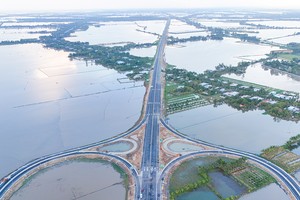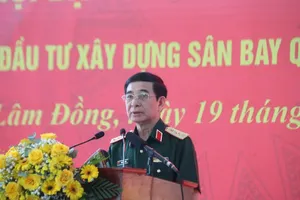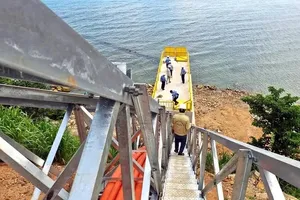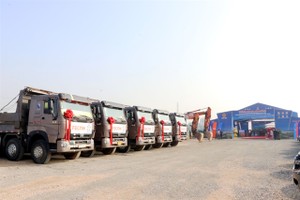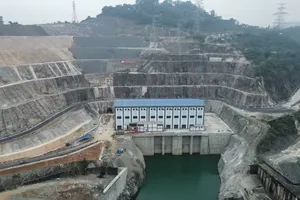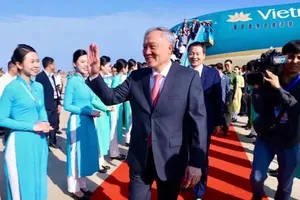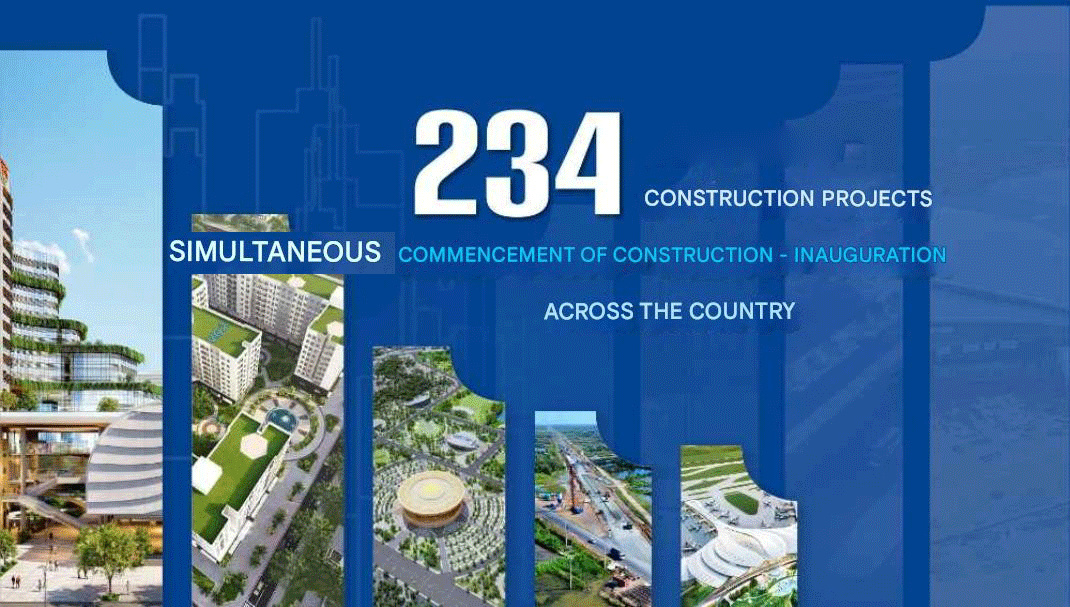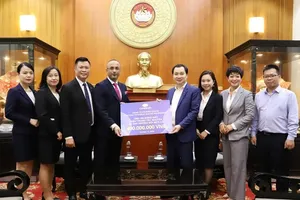Additionally, the funding plan for the project has shown positive signs.
It’s time to invest
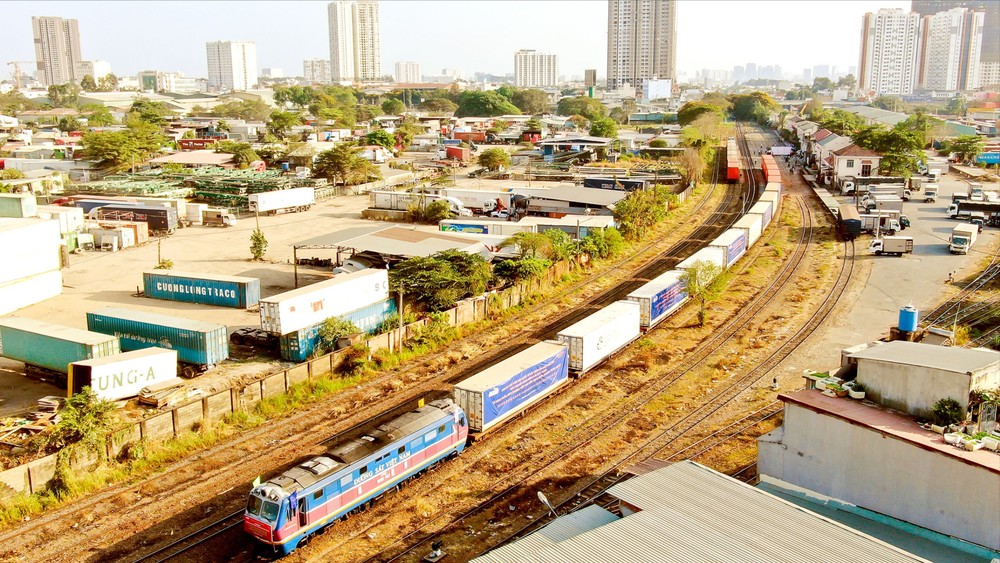
According to Deputy Minister of Transport Nguyen Danh Huy, the ministry is completing the construction project of the North-South high-speed railway.
Most opinions have agreed on an investment plan for a design speed of 350 km/h, primarily exploiting passenger trains while freight trains are to be operated when necessary. The existing North-South railway route will be upgraded for freight transportation. This scenario aims to meet the growing demand for passenger transport. Freight trains are expected to run at night, with four nights a week. The remaining three nights are for infrastructure maintenance. The total investment cost for this scenario is approximately US$67.34 billion.
According to the Vietnam Railway Project Management Board under the Ministry of Transport, this scenario is created based on research and international experience in accordance with the Politburo's Conclusion No 49-KL/TW on the development orientation of Vietnam's railway transport to 2030 with a vision towards 2045.
According to a recent World Bank study, it’s time for Vietnam to build a high-speed railway as the GDP per Capita in Vietnam reached around US$4,284. The figure is higher than the GDP per Capita in Japan, China, or Uzbekistan at the time they began investing in high-speed railways. The GDP per Capita in Vietnam is expected to be US$7,500 by 2030.
Deputy head of the Vietnam Railway Project Management Board Chu Van Tuan said that the management board would make an effort to submit the construction project of the North-South high-speed railway to the National Assembly in 2024, and expects to kick off the construction before 2030 and put it into operation before 2040, shortening the timeline by five years compared to Conclusion No. 49-KL/TW of the Politburo.
If resources are limited, the plan will focus on site clearance for the entire route and investment in the two sections including Hanoi-Vinh and Nha Trang-HCMC with a total length of about 642 km and an estimated investment of US$29.88 billion, putting them into operation before 2035. The Vinh – Nha Trang section with a length of 899 km and a total cost of VND37.46 billion will be put into operation before 2040.
Feasibility in funding arrangement
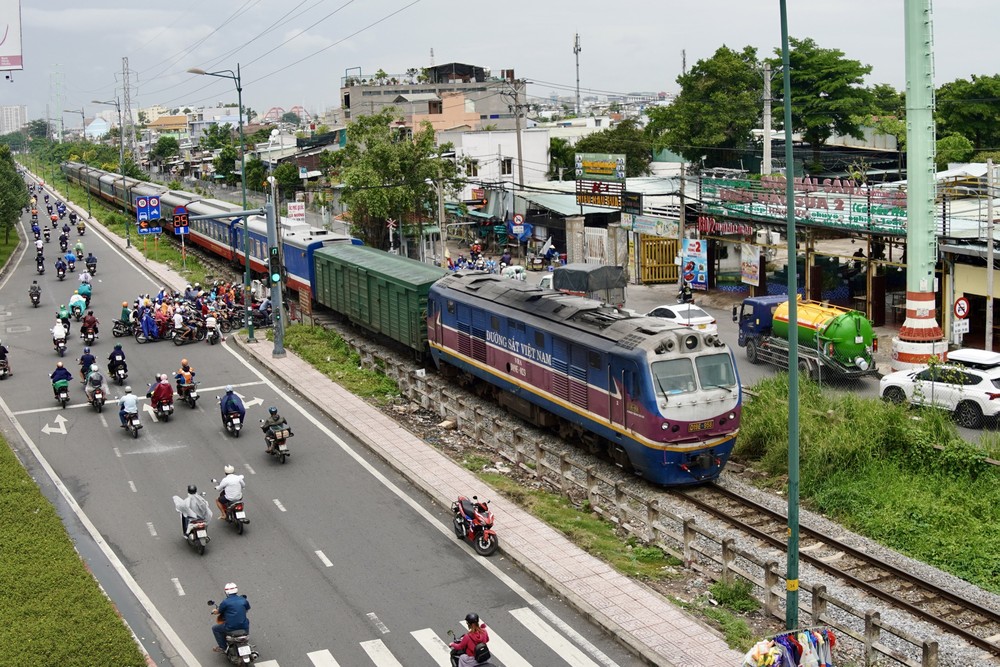
According to Deputy Minister of Transport Nguyen Danh Huy, the North-South high-speed railway has been proposed to be implemented in the form of public investment to ensure synchronization between infrastructure and rolling stocks to prevent the risk of not attracting investors. Specifically, the project will use state budget funds, including the central and local state budgets, government bonds, and ODA loans.
The Central budget will be allocated according to medium-term periods. ODA loans will be used for purchasing materials and equipment not produced domestically, for re-lending to enterprises for vehicle procurement, operation and maintenance training, and technology equipment for the depot. Government bonds and other funding will be raised if the central budget is insufficient. Local budgets are planned for site clearance.
According to the consulting unit, the funding allocation for the project is feasible. Vietnam's public debt has presented a downward trend from a ratio of 55.9 percent in 2020 to 37 percent in 2023. Therefore, the project's impact on the economy or public debt remains within the limits allowed at the rate of 60 percent.
It also proposed support for businesses to mobilize funds to purchase locomotives and carriages to develop the high-speed railways. Another proposed funding channel is the development of transit-oriented development (TOD).
The high-speed railway is expected to generate financial resources from land exploitation with an estimated retention rate of 50 percent by the local government and 50 percent submitted to the central budget. The estimated TOD fundraising plan for Transit Oriented Development (TOD) is about US$10 billion.
According to the Ministry of Transport, many countries are interested in investing in the construction project of the North-South high-speed railway, including the Republic of Korea (RoK), China, and Japan which own a lot of experience and technologies in developing high-speed rail systems.
Recently, the China-led Asian Infrastructure Investment Bank (AIIB) announced it would allocate US$5 billion in concessional loans for Vietnam's infrastructure development, including the North-South high-speed railway. Additionally, Rok has high-speed rail construction and technological advances while Japan is also very good at capital and technology. Japanese enterprises have suggested receiving detailed information about the construction project of the North-South high-speed railway.
Currently, the Ministry of Transport and the Ministry of Land, Infrastructure and Transport (MOLIT) of South Korea have signed a memorandum of understanding on cooperation in the transportation sector.
To prepare for the implementation of the North-South high-speed railway, the Ministry of Transport and the capital city of Hanoi have recently agreed on the railway network planning in the capital. Under the plan, Ngoc Hoi station will be developed into a national railway station complex, covering about 251 hectares. It will serve as the starting point of high-speed railway lines and the Hanoi - HCMC national rail route.
In HCMC, the Vietnam Railway Authority (VNRA) is finalizing the planning for rail routes and stations, including Thu Thiem station serving as the southern terminus of the North-South high-speed railway, covering an area of 17.2 hectares, and An Binh, Binh Trieu, Trang Bom and Tan Kien stations which will be upgraded and expanded.



